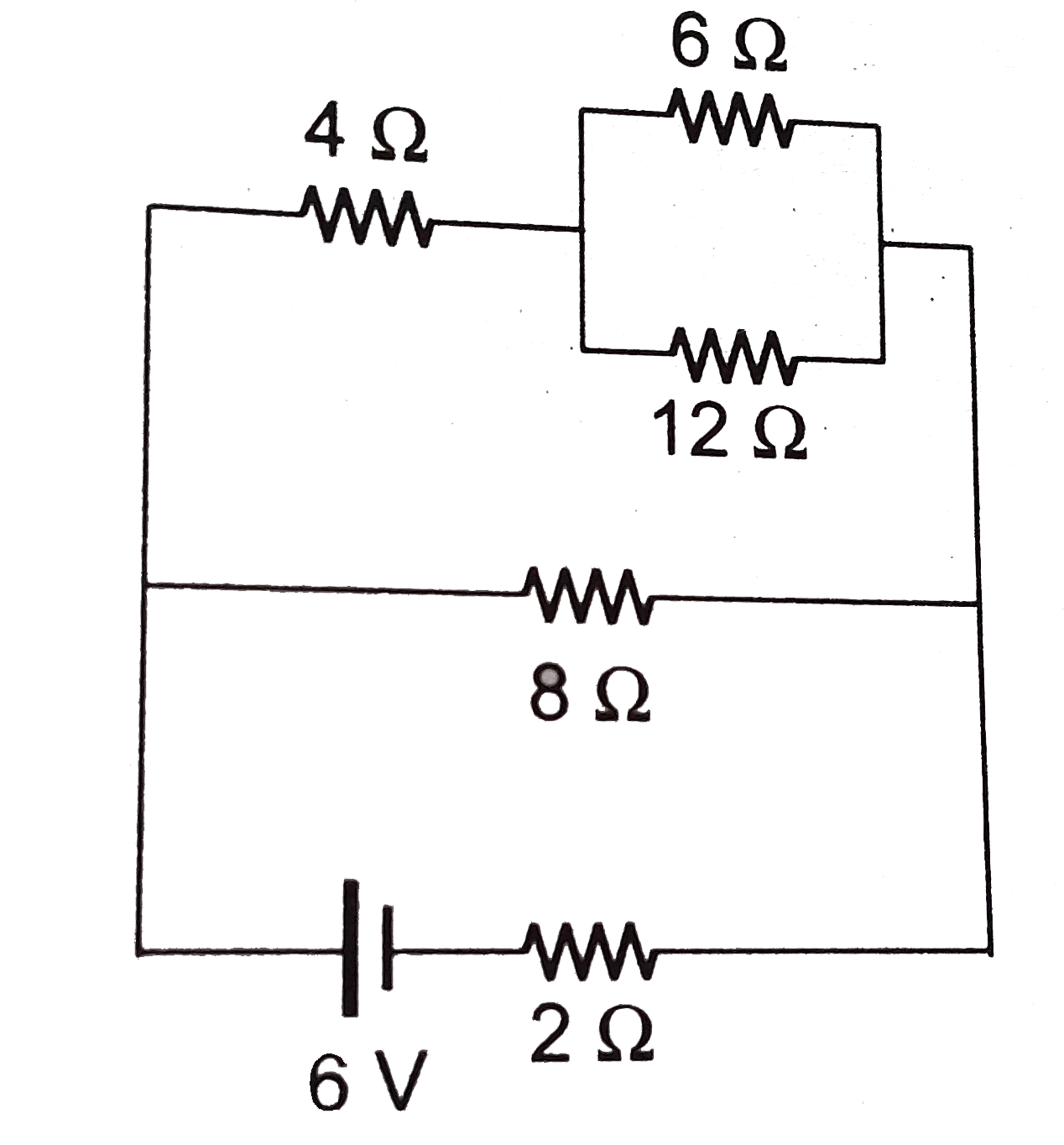Determine True or False. Electrons in a conductor have no motion in the absence of a potential difference across it.
Video Solution
Text Solution
False: The electrons in a conductor are free and have thermal
velocities. Thus, electrons will be in motion even in the absence
of potential difference.
|
Topper's Solved these Questions
- MISCELLANEOUS VOLUME 3BOOK - CENGAGE PHYSICSCHAPTER - MISCELLANEOUS VOLUME 3EXERCISE - Integer Answer Type
11 Videos
- MECHANICAL PROPERTIES OF SOLIDSBOOK - CENGAGE PHYSICSCHAPTER - MECHANICAL PROPERTIES OF SOLIDSEXERCISE - Question Bank
4 Videos
- MISCELLANEOUS VOLUME 5BOOK - CENGAGE PHYSICSCHAPTER - MISCELLANEOUS VOLUME 5EXERCISE - Integer
12 Videos
Similar Questions
Knowledge Check
Assertion : Inside a conductor, electrons have no motion in the absence of some potential difference across it.
Reason : In the absence of potential difference no electrostatic force will act on the electrons inside the conductor.AIf both Assertion and Reason are true and Reason is the correct explanation of Assertion.BIf both Assertion and Reason are true and Reason is not correct explanation of Assertion.CIf Assertion is true but Reason is false.DIf both Assertion and Reason are false.In the previous question, the potential difference across A is.
A2εnBε(1−1n)C2ε(1−1n)D(εn−2n)The potential difference across 4Ω will be.
 .A2 VB4 VC3 VD6 V
.A2 VB4 VC3 VD6 V
Name a device that helps to maintain a potential difference across a conductor.
View SolutionName a device that helps to maintain a potential difference across a conductor.
View SolutionName the law which relates the current in a conductor to the potential difference across its ends.
View SolutionName a device that helps to maintain a potential difference across a conductor .
View SolutionThe average velocity of electrons in a conductor in the absence of electric field is
View Solution
